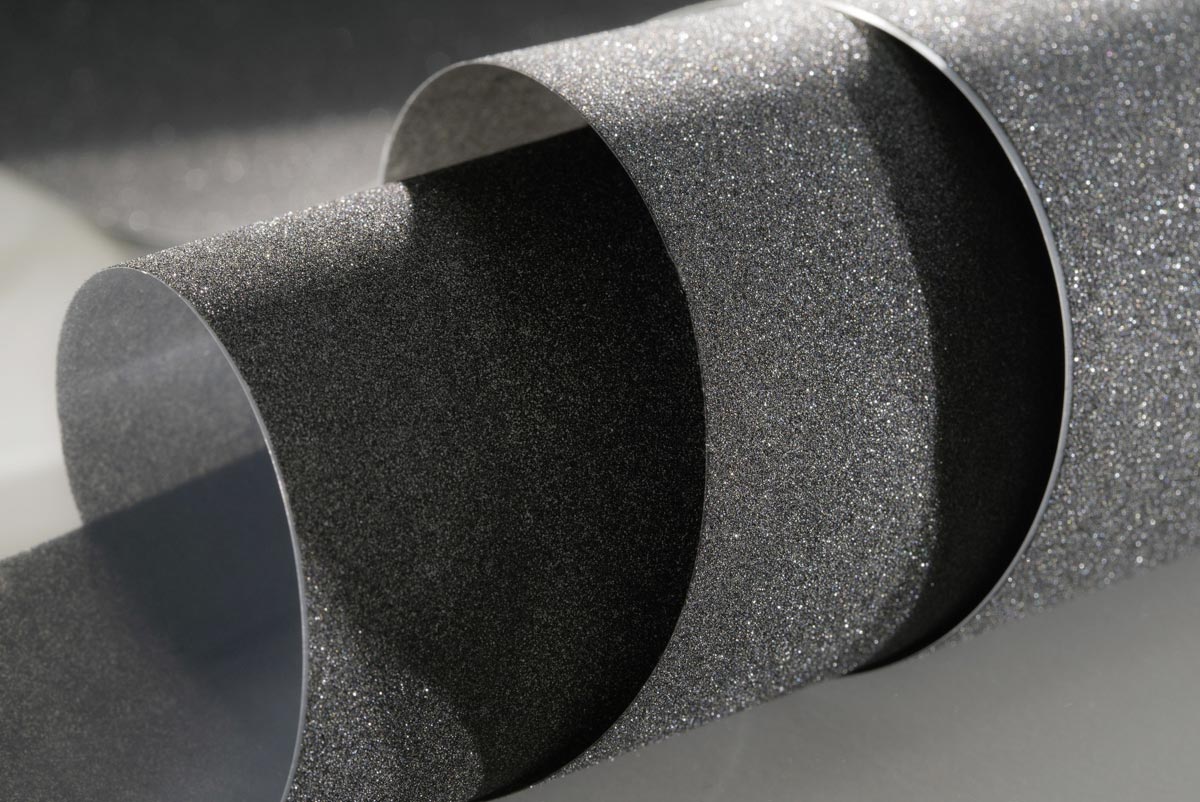Widespread deployment of photovoltaics (PV) is one of the key factors in the expansion planned by the European Union (EU) for energy from renewables. In 2011 the EU Commission mapped out, in their “Roadmap for moving to a competitive low-carbon economy in 2050”, ways intended to lead to a reduction of carbon-dioxide emissions by 80 to 95 % as against 1990; the power-supply sector should achieve zero emissions by 2050. At the 2015 Climate Conference in Paris Austria tabled the target of 100 % power supply from renewables as early as 2030.
Throughout the energy industry there is a marked trend to electricity as the preferred form of energy supply. In all probability electricity will be increasingly important in tomorrow’s energy mix, and both heat and fuel will be obtained from power from renewables to some extent, while more use will be made of electricity in industry and the transport sector.
PV technology is extremely reliable, with plenty of potential for further improvements in efficiency. So far Austrian firms and research institutes have secured a strong position in the PV sector around the world. Rapid growth in the market for PV modules over the last few years has led to a dramatic drop in prices. Today we have fierce competition between PV modules based on standard crystalline silicon technology and on emerging technologies (e.g. Perovskite, Quantum-Dot PV und concentrated PV) and between the production locations Europe and America versus Asia. To secure Europe’s and Austria’s technological lead in the long term, more investment is needed in developing new products and manufacturing processes. The main challenges include diminishing material and energy consumption in producing PV modules and developing cutting-edge products and applications, so as to open up new markets.
With the support of the Climate and Energy Fund and the Federal Ministry for Transport, Innovation and Technology (bmvit) various large-scale R&D projects in the field of PV are currently under way in Austria, with numerous Austrian firms and research partners collaborating. Here we present some of these pioneering projects.
The technology roadmap published by bmvit in 2016 indicates what PV can contribute in an energy scenario based entirely on renewables by 2050 ; the focus here is on building and urban development, industry and energy infrastructure. In 2016 PV facilities to the tune of around 1 GW were in place in Austria, covering just under 2 % of Austria‘s power consumption. 85 % of the PV facilities installed in Austria are mounted on roofs, 2.4 % are integrated in roofs or façades, and 11.7 % are positioned on open ground.
In 2015 PV modules with a total power of around 115 MW were produced in Austria. The Austrian PV sector employs roughly 3,500 people. Around 97 % of domestic production of power inverters (587 MW in 2014) is exported, and Austrian firms are equally successful in exporting in the fields of cell encapsulation, backsheets, installation systems and various other accessories for the PV industry.
If we assume that the energy system will undergo a massive shift towards electricity, while the transport system and all major industrial processes are adapted accordingly, PV can provide around 15 % of Austria‘s power consumption by 2030, and around 27 % by 2050. Enough space for PV on this scale is already on hand on existing roofs and façades, even at today‘s efficiency factors. The central challenge here, in both engineering and legislative terms, is to make the power system fully flexible.

